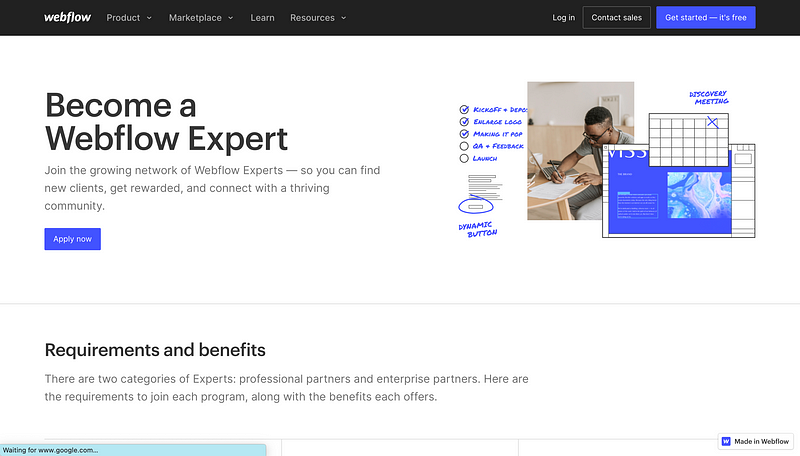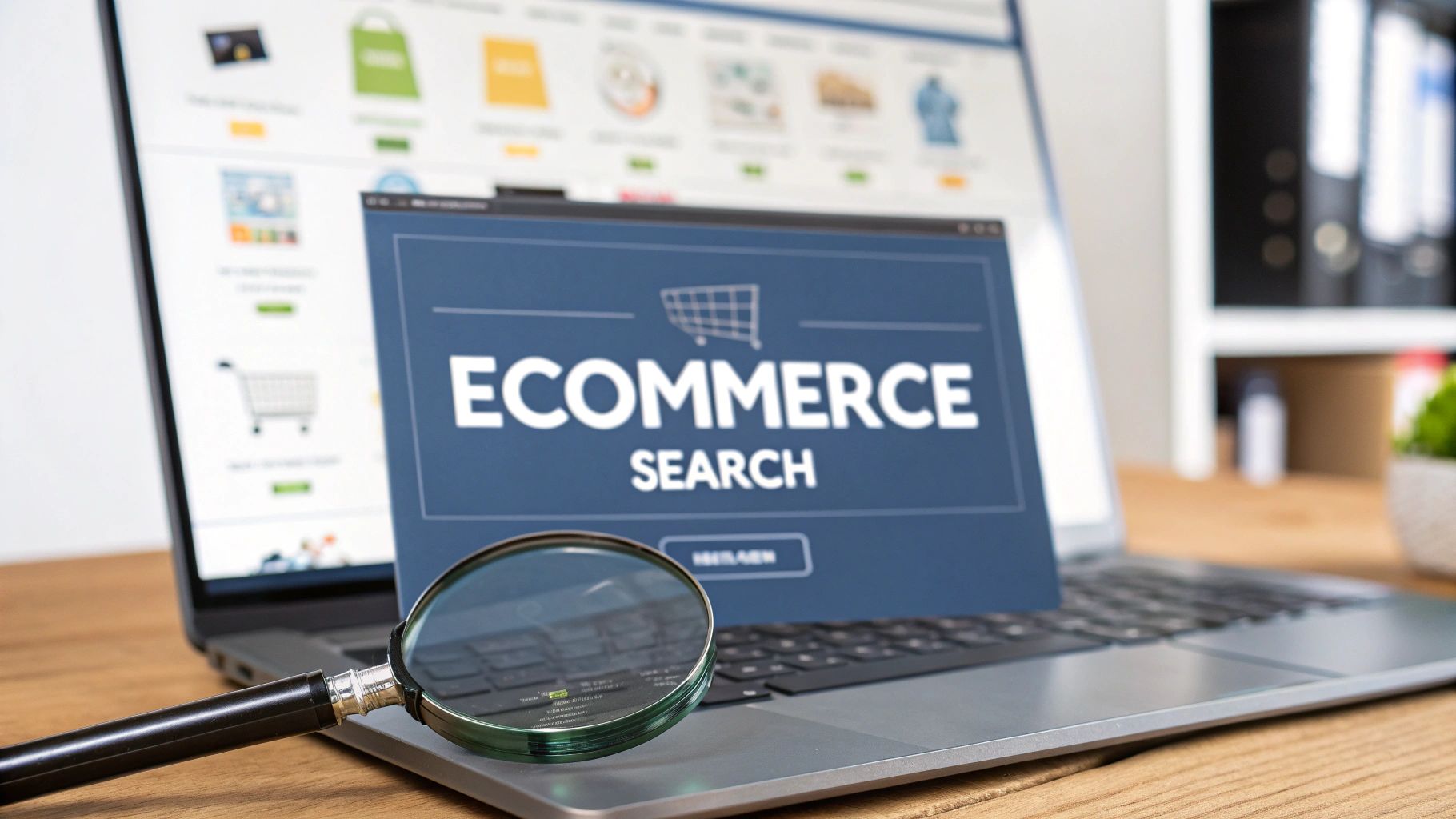An Insightful Look at the Webflow Partner Program: Pros, Cons, and the Future
Because of its creative approach to site design that incorporates a no-code philosophy, Webflow has effectively become a remarkable and…

Because of its creative approach to site design that incorporates a no-code philosophy, Webflow has effectively become a remarkable and highly impactful platform within the digital sector. This has enabled many designers, developers, and agencies to create extremely functional and visually appealing websites without having to dive into lines of code.
Webflow’s Partner Programme is an essential component of the company’s plan to increase its effect and reach. Webflow hopes to engage with designers, freelancers, and agencies through this programme in order to deliver a more robust and comprehensive service to their clients. However, it, like any other programme, has advantages and disadvantages. Let’s get into the details.
Pros of the Webflow Partner Program
Empowering Creativity: The Webflow Partner Programme allows designers and agencies to be more creative by allowing them to develop great websites without having to deal with technical complexity. This liberation may result in a more colourful and creative web design environment.
Revenue Share: Webflow gives its partners a revenue share model, which creates a new cash stream for businesses and people. This is a huge advantage in a world where more income channels are valuable.
Visibility: The partner directory connects participating agencies and freelancers with a large number of potential clients. Given Webflow’s popularity and growing user base, this exposure has the ability to greatly enhance the opportunity for new business.
Support and Training: Webflow offers substantial support and training to partners looking to learn and improve their skills. This includes a personal Partner Success manager, exclusive content, webinars, and priority assistance, all of which improve the value offer for participants.
Cons of the Webflow Partner Program
Limited Customization: While Webflow’s no-code environment fosters innovation, it may constrain designers who want to experiment with advanced features that necessitate custom code. Although Webflow supports custom code injections, the experience is not as fluid as interacting with a completely open-source platform.
Learning Curve: Despite Webflow’s user-friendly interface, users coming from traditional coding environments or other website builders may experience a high learning curve. This may necessitate a large time investment at first.
Pricing: While the revenue share model is attractive, it also includes Webflow’s platform expenditures. These expenditures may be significant for smaller enterprises or freelancers, affecting profitability.
Over-Reliance: Reliance on a single platform is dangerous. If Webflow has downtime or problems, it may have an immediate impact on all businesses associated with the Partner Programme. Diversification of tools and platforms is frequently a more secure method.
The Webflow Partner Program’s Future
Webflow’s features continue to change and expand, promising a future of ongoing improvement and adaption. The Partner Programme is anticipated to expand and diversify in order to better serve its community and address the previously mentioned concerns.
Webflow is working to make their platform more accessible, responsive, and versatile in order to better meet the diverse needs of their partners. To that aim, we anticipate that the company will make its Partner Programme more flexible, with the possibility of a tiered approach catering to varying levels of experience and business sizes.
Webflow is also regularly updating its training resources to solve the issue of the learning curve. More people can master the platform and have the confidence to offer their services to clients thanks to the company’s ‘Webflow University,’ which provides a broad choice of learning resources.
However, potential partners must also be proactive in managing the risks and problems that come with collaborating with Webflow. Maintaining skill in other web design platforms or ensuring that their business model can handle the fees involved with using the platform are examples of this.
The Future of No-Code Movement
The future of the Webflow Partner Programme is therefore linked to the future of the no-code movement as a whole. No-code platforms have democratised digital asset creation, allowing individuals and organisations to create websites, apps, and other digital products without considerable coding experience.
While the movement has acquired significant traction, it is still in its early stages. As the no-code movement grows, we should expect to see even more robust no-code tools and platforms develop, potentially posing greater competition for Webflow.
However, Webflow’s established position, continual commitment to improvement, and a solid partner programme position it well to remain a leader in this market. Consequently, despite the obstacles and uncertainties, the future of the Webflow Partner Programme is bright.
Conclusion
Finally, the Webflow Partner Programme provides an enticing package for people in the online design and development sector. While it has its drawbacks, it can give a chance for organisations to grow and diversify their income streams with careful planning and strategy.
Webflow’s commitment to continuous improvement and evolution in the face of evolving trends and difficulties provides a positive precedent for the Partner Program’s future. Being part of a community that changes and grows together can be a significant advantage in the changing world of web development.
As a result, while understanding the advantages and limitations of the Webflow Partner Programme is critical, it is also critical to recognise the potential and opportunity it represents. It is a platform that should not be disregarded in the increasingly democratised world of web design.





